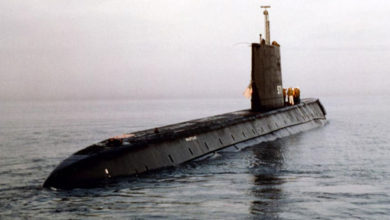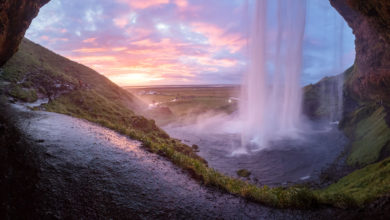Podcast: Play in new window | Download
Humanity has cast its gaze skyward for millennia, captivated by the celestial dance of stars and planets. The dream of spaceflight, soaring beyond our atmosphere’s confines, has ignited imaginations for centuries. From the mythical tales of Icarus to the early scientific musings of figures like Isaac Newton and Konstantin Tsiolkovsky, the desire to touch the heavens has been a persistent human yearning.
The dawn of the space age arrived in the 20th century, propelled by rocketry advancements. Pioneering figures like Robert Goddard in the United States and Hermann Oberth in Germany laid the groundwork for the powerful engines that would propel humanity into the cosmos. However, the true catalyst for space exploration came in the form of the Cold War.
The rivalry between the United States and the Soviet Union spurred a technological race, with space exploration becoming a new battleground. The Soviets emerged victorious in the opening act, launching Sputnik 1, the world’s first artificial satellite, in 1957. This event sent shockwaves around the globe and ignited a new era of space exploration.
The Space Race intensified throughout the 1960s. The Soviets scored another first, with Yuri Gagarin becoming the first human in space in 1961. The United States responded with the ambitious Apollo program, aiming to land a man on the moon by the decade’s end.
The race to the moon was a period of immense technological innovation and daring missions. Uncrewed probes from both sides mapped the lunar surface, while the astronaut John Glenn became the first American to orbit the Earth. The world watched with bated breath as missions like Apollo 8 ventured beyond Earth orbit for the first time, circling the moon and providing humanity with its first glimpse of our planet as a fragile blue marble suspended in the vastness of space.
The culmination of the Apollo program arrived on July 20th, 1969, with the successful landing of Apollo 11. The grainy black and white images of Neil Armstrong taking his “giant leap for mankind” onto the lunar surface became etched in history. Five more successful Moon landings followed, each expanding our scientific understanding of our nearest celestial neighbour. However, one of the Apollo missions had to abort its attempt to land on the moon when an oxygen tank exploded aboard Apollo 13, with only the ingenuity of NASA engineers and the skill and bravery of the astronauts enabling their safe return.
While the Moon landing marked a pinnacle of human achievement, space exploration continued apace. The 1970s saw the birth of international collaboration with the Apollo-Soyuz Test Project, a joint mission between the US and the Soviet Union. The first space station, Salyut 1, was launched by the Soviets in 1971, paving the way for a permanent human presence in orbit.
The US followed suit with Skylab in 1973, demonstrating the potential for long-term habitation in space. Remotely operated probes like the Pioneer and Voyager missions ventured further into the solar system, sending back groundbreaking data and captivating images of Jupiter, Saturn, and their moons.
The Space Shuttle, introduced in 1981, ushered in a new era of reusable spacecraft. Capable of carrying astronauts and cargo into orbit, the Space Shuttle program facilitated scientific research and satellite deployment for over three decades. However, the program was marred by tragedy with the loss of Challenger in 1986 and Columbia in 2003, highlighting the inherent dangers of spaceflight.
Following the Columbia disaster, the Space Shuttle program gradually wound down, with the final mission taking place in 2011. The US turned its focus to the International Space Station (ISS), a collaborative effort between multiple space agencies. The ISS has been continuously occupied since 2000, serving as a platform for scientific research and development in microgravity.
Private space companies have emerged as significant players in recent years. Companies like SpaceX and Blue Origin are developing reusable rockets and spacecraft to reduce launch costs and increase access to space. Such developments have opened doors for commercial space tourism and the possibility of lunar exploration ventures beyond government programs.
As we look towards the future, the possibilities of space exploration seem endless. Missions to Mars are being planned, with the aim of eventually establishing a human presence on the Red Planet. Telescopes like Hubble and its successor, James Webb, continue to push the boundaries of our astronomical knowledge, revealing the secrets of distant galaxies and the potential for life beyond Earth.
The history of spaceflight is a testament to human ingenuity and our enduring desire to explore the unknown. From the early dreams of reaching for the stars to the ongoing quests to unravel the mysteries of the cosmos, our journey amongst the stars has only just begun.
Podcast: Play in new window | Download





